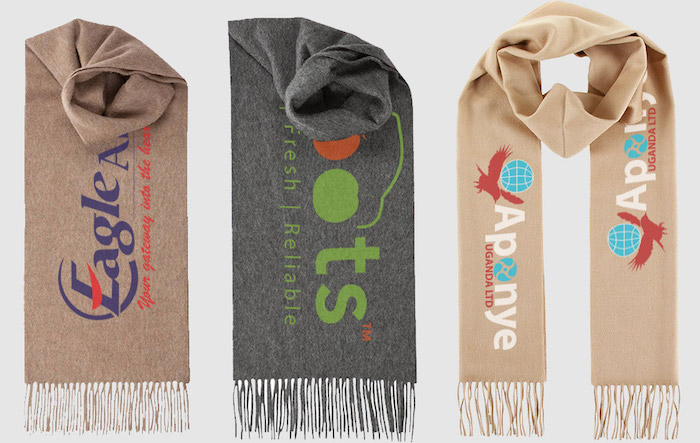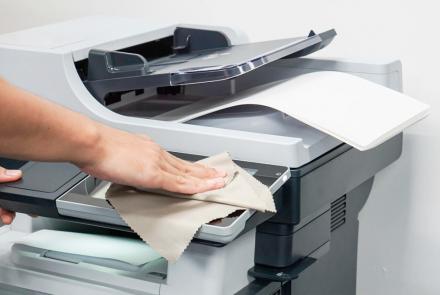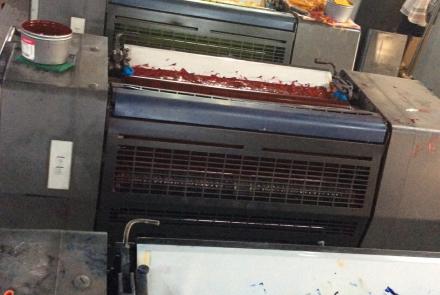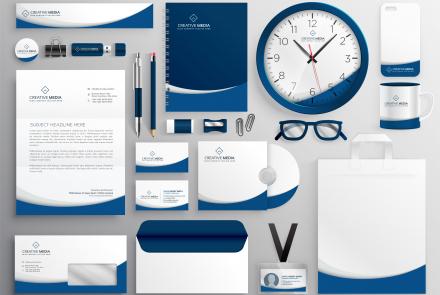Tips to Improve Screen Printing Quality
Screen printing is an extremely affordable method of printing and hence very popular. However, often because it is so economical people associate the low cost with low quality. That is not necessarily true. Screen printing can give fantastic results. However, it is important to go to a screen printing expert who knows what he is doing. Here are some tips for screen printing that you can use on DIY projects. These tips will also come handy when you need to evaluate potential screen printers for your screen printing needs.
Tips to Improve Screen Printing Quality
Ink Quality: The consistency of ink is a critical factor in the quality of screen printing. Inks can be classified as stiff or loose depending on their consistency. Some printers try to adjust the squeegee angle and pressure to compensate for the consistency of ink. This is likely to make the screen printing process much more difficult and if the process is manual, can even lead to carpel tunnel syndrome or sore joints.
The correct way to modify the way an ink prints is by using two products known as soft hand clear or extender base and curable reducer. The soft hand clear is used to adjust the pigmentation in the ink. In addition to adjusting the percentage of pigment in the ink, the soft hand clear also makes the ink creamier and easier to screen print. The soft hand clear ink requires less squeegee pressure than regular ink and hence improves screen printing quality.
Curable reducer changes the adhesive quality of the ink and can be used anywhere from 2-4% to 10% depending on its texture. The curable reducer allows the ink to shear easily and thus print better.
Thus it is important to modify the inks as required so that you not only screen print easier and faster but also save ink and get better registration.
Screens: The rule of thumb with screens and meshes is that the tighter they are, the better the quality of output. The benefits of a tight mesh include a decreased likelihood of the mesh moving out of registration during printing and lesser chances of one color bleeding into another.
Tight screens also offer lower resistance when pulling the squeegee thereby reducing labor and cutting the ink cleanly.
A tight mesh also deposits the ink evenly onto the substrate. A soft mesh may have deposits of ink towards the edges thus printing with more ink in the center and less towards the corners. The uneven deposit of ink results in lowered printing quality.
Squeegee: It is vital that the blade of the squeegee is straight and sharp. The squeegee should be sharpened every day if need be to allow for even spreading of the ink.
Press: To get good quality screen printing, the platen must never move during printing. Even if you do everything else right and the platen shifts, the quality of the print will suffer. Also the color arm must not deflect when it in or out of the registration gate.
Curing: You cannot substitute the amount of time that the ink is cured for by increasing the heat. Sometimes inks need to be cured at lower heat for longer time for the ink to fuse with the fabric and get a full cure.
Thus, keep these tips in mind when screen printing to ensure high quality screen printing.
Source: whatisscreenprinting.com
- Log in to post comments






